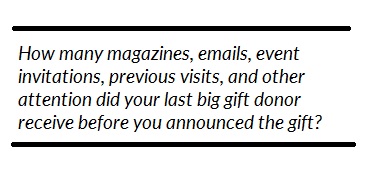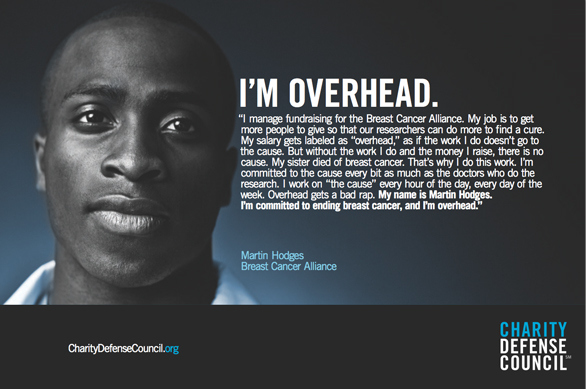fundraising
Annual Giving is Expensive. So Is Not Having It.
 Sending out a lot of mail and email, making a lot of phone calls, and connecting with donors via social media and crowdfunding is expensive.
Sending out a lot of mail and email, making a lot of phone calls, and connecting with donors via social media and crowdfunding is expensive.
As “the great wealth transfer” continues and major gift totals at many institutions are increasing, it’s tempting to suggest that these time, labor and resource-intensive methods aren’t worth it.
I get really frustrated when I hear things like that. It is hard to see smart and energetic annual giving leaders crippled by their inability to secure resources for expanding their donor base. We’ve seen a massive decline in alumni participation in higher education, and we know that expanding our best traditional tactics and embracing new technologies is the answer to attracting new donors. Yet many organizations have to fight and fight for annual giving resources.
Immediate big money blinds us to the even greater potential within our untapped supporter base.
This is a dangerous trend. We already know that three quarters of big donors have given annually prior to their major gift—and sometimes quite often. If we give up on building the pipeline today, we could end up with fewer major gift donors in the future. We’ll announce big totals now, but leave our organizations crippled down the road.
It takes (most of) a lifetime
Saying that annual giving is more expensive than major gifts also ignores the reality of the donor life cycle. How many magazines, emails, event invitations, previous visits, and other attention did your last big gift donor receive before you announced the gift? Since most big gifts come when both the donor and your relationship are quite mature, it might even be impossible to account. How many other visits did you go on before you met this donor who is engaged and ready to support at a major gift level?
You have spent significant resources to acquire every major gift and you have many campus partners that are engaging donors with their resources to get them ready for the big gift.
Major gift solicitation, when you consider the full effort, is just as expensive.
Overhead is Part of The Mission
Concern about high expenses in charities has spurred some advocates to fight back. The Charity Defense Council has an aggressive campaign to make overhead part of the investment equation.

Founder Dan Pallotta gave an inspiring Ted Talk on the topic and encouraged us to explain to donors and the general public that charities have to invest in often expensive donor outreach to realize their missions.
Donor Loyalty is a high ROI investment
Sending out a lot of mail and email, making a lot of phone calls, and connecting with donors via social media and crowdfunding is expensive. However, the loyalty-building effect of annual, personalized communications that drive consistent donations can’t be underestimated. Besides providing crucial annual support, this outreach also grows our pipeline of future major donors.
In fact, deciding to stop, cut back, or failing to expand your annual outreach at this crucial time could be disastrously expensive to your organization.
When your annual giving investment is questioned, be sure to bring up not only the funds you expect to raise this year, but the future big donors you will warm up to giving. If you stop asking, these donors will move on to other causes who are.
Annual giving is a long-term investment wrapped up with an immediate reward. It always has been.